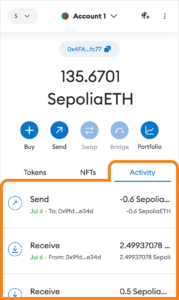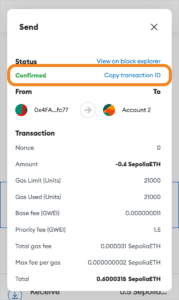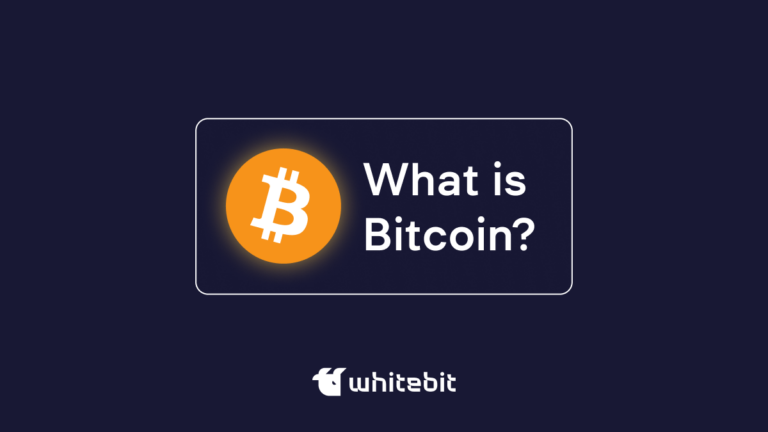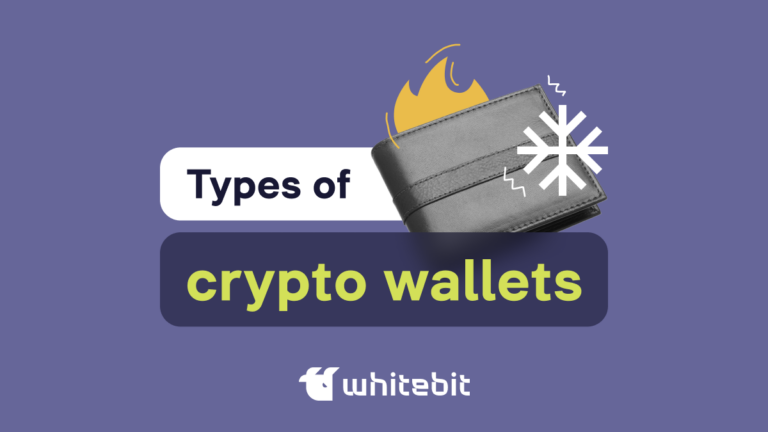Transaction ID (TxID): Definition & Meaning
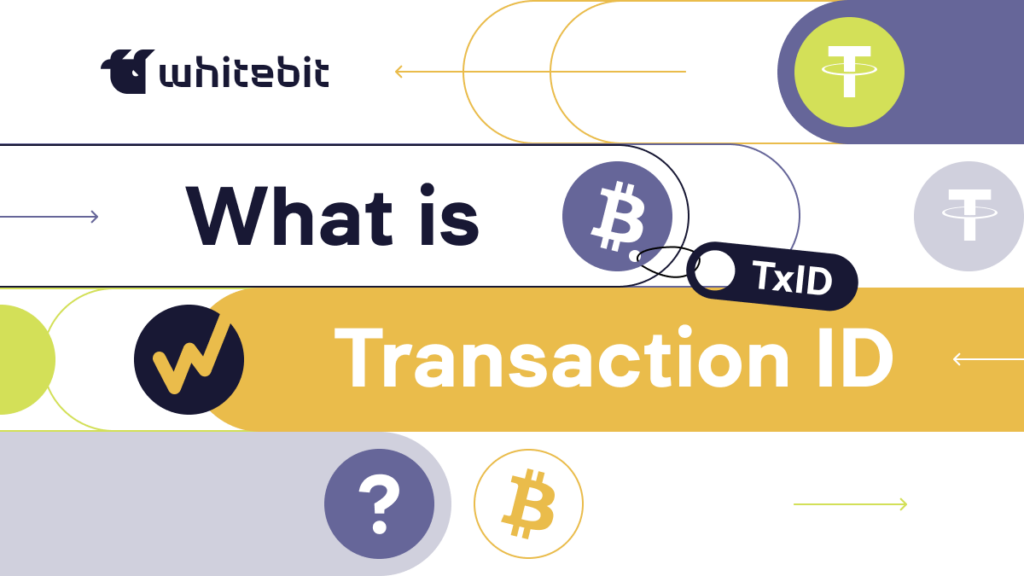
Content
Thanks to blockchain technology features, one can use a unique transaction ID to check their transaction status or find the details of the first known Bitcoin operation. But how is the blockchain transaction ID created? What is the TxID meaning, and why does it always look like a string of letters and numbers?
In this article, you will learn about the basics of the blockchain hashing function, what a transaction ID or hash is, and how to find your transaction hash in the blockchain explorer or on the WhiteBIT.
What Is a Transaction ID, and How Does It Work?
TxID isa unique string of numbers and letters given to every verified transaction on the blockchain. It is also called a transaction ID or transaction hash. Every transaction gets a unique hash to make tracking and identifying it on the blockchain easier. In most cryptocurrencies, each transaction is uniquely identified within the blockchain using a Transaction ID (TxIDHash).
To get the Bitcoin transaction ID, all the transaction data is hashed using the SHA-256 algorithm twice. Hashing it twice leads to even more security.
Later, the hashes of all transactions in the block are paired and hashed until only one hash is left (a Root or a Merkle Root). This Merkle Root becomes one of the variables the miners use to find the hash of the next block in the blockchain.
Are you curious about how the blockchain ensures data integrity and security? Our article on blockchain hash breaks down the complex yet essential element that forms the bedrock of trustworthy digital ecosystems.
How to Find a Transaction Hash on the Blockchain?
Transaction ID tracking can be useful for checking the blockchain’s operation status or identifying the specific transaction using the blockchain explorer. Each network has its explorer, where you can find all the transaction data, including transaction ID crypto. To find the TxID transaction in Explorer, you can open the transaction page from your wallet or exchange account transaction history, or manually copy the hash and paste it into Explorer.
The explorers for the most popular networks include:
- Arbiscan for Arbitrum (ARB);
- Tronscan for TRON (TRX);
- WB Explorer for WB Network (WBT);
- Etherscan for Ethereum (ETH);
- Solscan for Solana (SOL).
To do a TxID check using a Web3 cryptocurrency wallet, visit a “History,” “Activity,” or similar section with the previous transactions’ data. Some wallets offer to open the transaction in the network Explorer by clicking on the specific transaction. You can also copy the hash and paste it into Explorer.
Learn more about the blockchain technology in our article.
To check the transaction ID in MetaMask, follow these steps:
- Find the desired transaction in your wallet’s “Activity” tab and click on it;
- You will see the operation details, where you can simply click the “Copy transaction ID” button. You can also select “View on block explorer” to open the page of the blockchain explorer with your transaction, where you can also track transaction ID or hash.
Examples of Bitcoin Transaction ID (BTC TxID)
Bitcoin TxID is always 64 characters (32-byte) long. Fun fact: Bitcoin core uses byte-reversed transaction hashes, and Bitcoin forks inherited this feature. Now, the wallets reverse the hash automatically, but in the good old days, you had to reverse it manually to track your transaction ID Bitcoin.
You can find some famous BTC TxID examples below:
f4184fc596403b9d638783cf57adfe4c75c605f6356fbc91338530e9831e9e16 — First-ever Bitcoin transaction from Satoshi Nakamoto to Hal Finney in 2010.
a1075db55d416d3ca199f55b6084e2115b9345e16c5cf302fc80e9d5fbf5d48d — A transaction in which Laszlo Hanyecz bought a pizza for 10,000 BTC in 2010.
How to Find TxID on WhiteBIT?
On the WhiteBIT crypto exchange, you can check the TxID of deposits and withdrawals of your balance. To find the crypto transaction ID, visit the “History” page, proceed to the “Deposits” or “Withdrawals” section, and open the details of the desired transaction.
There, on the left side, you will find a crypto transaction ID that can track the operation status and details on the blockchain.
Conclusion
In this article, we have found out what is TxID and how to find transaction hash ID on the blockchain. We discussed the process of hash generation and its role in mining the next block hash. With transaction ID, users can track their operation status and find the details of any existing transaction in the blockchain explorer. However, the transaction hash is just the tip of the iceberg of blockchain technology — there are lots more exciting aspects of the blockchain worth an in-depth review.


